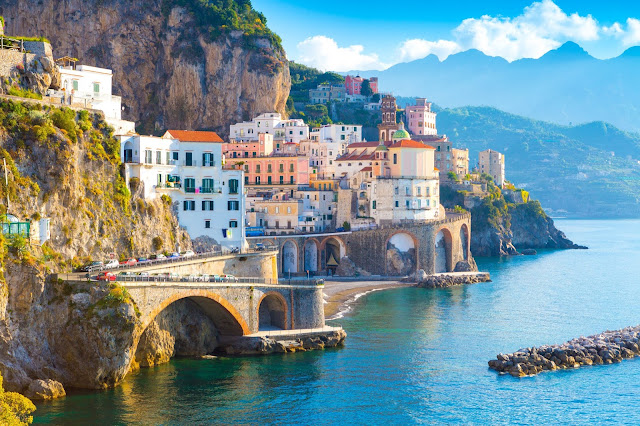International Pillow fight day is a Worldwide Event held in many cities that takes place on the first Saturday in April. From Hong Kong to Vancouver to Dallas to London pillows are getting fluffed and prepped to do soft battle on this day. It’s free, and families are encouraged to participate. In many cities, pillows and proceeds will go towards the homeless.
Wednesday, March 31, 2021
Sunday, March 28, 2021
The Colors of Jodhpur - Beauty of Thar Desert
Thar Desert
| The Thar Desert, also known as the Great Indian Desert, is a large, arid region in the northwestern part of the Indian subcontinent that covers an area of 200,000 km2 (77,000 sq mi) and forms a natural boundary between India and Pakistan. It is the world's 17th-largest desert, and the world's 9th-largest hot subtropical desert. |
|---|
About 85% of the Thar Desert is located within India, and the remaining 15% is in Pakistan.[2] The Thar Desert forms about 4.56% of the total geographic area of India. More than 60% of the desert lies in the Indian state of Rajasthan, and it extends into Gujarat, Punjab, and Haryana, and the Pakistani province of Sindh. Within Pakistan's Punjab province, the Thar continues as the Cholistan Desert. The desert comprises a very dry part, the Marusthali region in the west, and a semidesert region in the east with fewer sand dunes and slightly more precipitation.
The Thar Desert extends between the Aravalli Hills in the northeast and stretches to Punjab and Haryana to the north, to the Great Rann of Kutch along the coast, and to the alluvial plains of the Indus River in the west and northwest. Most of the desert area is covered by huge, shifting sand dunes that receive sediments from the alluvial plains and the coast. The sand is highly mobile due to strong winds occurring before the onset of the monsoon. The Luni River is the only river in the desert. Rainfall is limited to 100 to 500 mm (4 to 20 in) per year, almost all falling from June to September.
Saltwater lakes within the Thar Desert include the Sambhar, Kuchaman, Didwana, Pachpadra, and Phalodi in Rajasthan and Kharaghoda in Gujarat. These lakes receive and collect rainwater during monsoon and evaporate during the dry season. The salt is derived by the weathering of rocks in the region.
Lithic tools belonging to the prehistoric Aterian culture of the Maghreb have been discovered in Middle Paleolithic deposits in the Thar Desert.
Friday, March 26, 2021
Hawa Mahal Jaipur India
Information About Hawa Mahal
Situated at Badi Choupad, Pink City of Jaipur, Hawa Mahal was built in 1799. It has 953 windows on the outside walls. The honeycomb shaped and beautifully carved windows allow breeze to blow through the palace and makes it a perfect summer palace. It was built as an extension to the City Palace nearby. See below for more information about Hawa Mahal.
In 1799, the Kachhwaha Rajput ruler, Sawai Pratap Singh, grandson of Maharaja Sawai Jai Singh ordered Lal Chand Usta to construct an extension to the Royal City Palace. The Purdah System at the time was strictly followed. Rajput Royal Ladies should not be seen by strangers or appear in any public area. The construction of Hawa Mahal allows the Royal Ladies to enjoy from every day Street Scenes to Royal Processions on the street without being seen.
The Mahal has a total of 953 small casements each with small lattice worked pink window, balconies and arched roofs with hanging cornices. This allows cool breeze blow through the mahal and keep it cool and airy in summer. Despite the large number of windows, each of them are size of a peep hole such that the Royal Ladies were not to be seen by the public.
Thursday, March 25, 2021
Some World Heritage Sites
Wednesday, March 24, 2021
CHRIST OF THE ABYSS - Monuments
- Liguria, Italy



















































